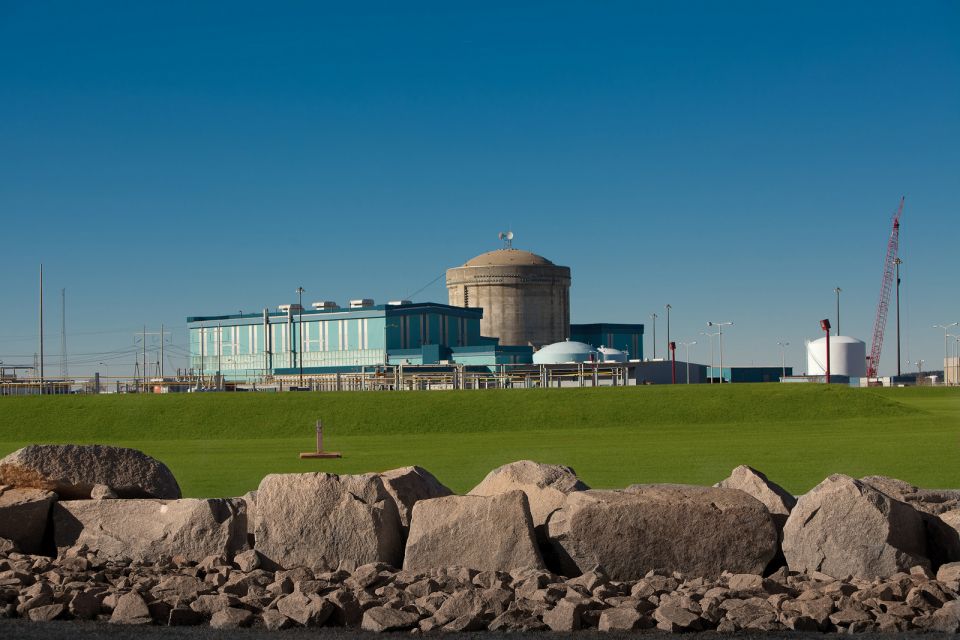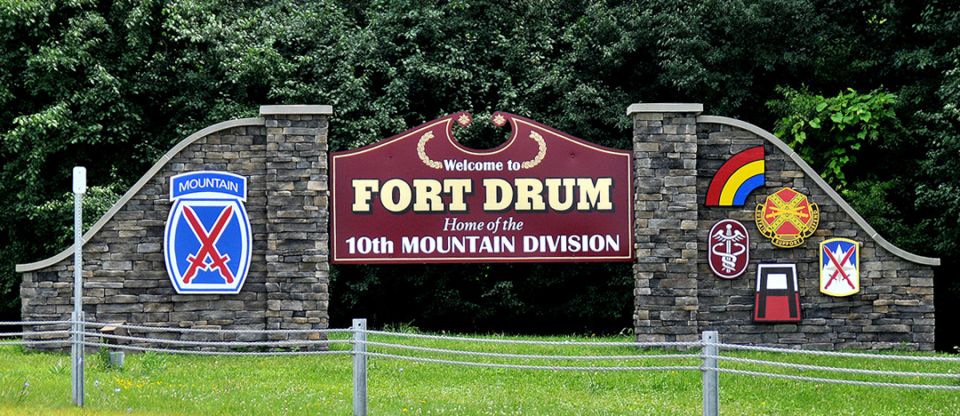Biden launches nuclear power projects working group in push to deployment
Nuclear energy advocates attended a White House summit today on domestic nuclear deployment and will help advise a new federal initiative to support building new grid-scale nuclear reactors.
The event showcased recent policy developments and new industry investments that have changed the playing field—for the better—for nuclear during the past few years. The White House is calling it “the largest sustained push to accelerate civil nuclear deployment in the United States in nearly five decades.”
Now the Biden administration is creating a Nuclear Power Project Management and Delivery working group that will draw on leading experts from across the nuclear and megaproject construction industry. The group wants to identify opportunities for new nuclear production projects while proactively working to mitigate expense and schedule overrun risk.
“This event is the clearest evidence yet that the entire executive branch, from the White House down, is aligned to support a rapid expansion of nuclear energy. It was also a challenge to the nuclear industry to move faster and deliver,” said American Nuclear Society Executive Director/Chief Executive Officer Craig Piercy, who attended the summit.
From the White House: “President Biden will continue to take steps to reestablish U.S. leadership in the industry, including continuing to keep existing nuclear plants operational; supporting the demonstration and deployment of advanced reactor technologies; making the permitting processes more efficient and effective; securing and expanding the nuclear fuel supply; strengthening nuclear safety, security, and safeguards; and supporting an ambitious strategy to ensure the nation’s nuclear leadership,” the White House said in a statement.
The Biden administration highlighted the recent completion of Southern Company’s Vogtle Units 3 and 4 in Georgia as an overall success story but noted these were the first new reactors to come on line in the United States in more than 30 years. Plus, the project faced years of project delays and had a price tag that soared from an original estimate of $14 billion to more than $30 billion.
For the troops: Also announced today, the U.S. Army will launch a request for information process to study the deployment of advanced nuclear reactors to power multiple military sites.
Small modular reactors and microreactors provide years of energy and are resilient against threats such as cyberattacks, extreme weather, and pandemic biothreats. The U.S. Air Force is already piloting a microreactor at its Eielson base in Alaska.
Existing fleet: The White House highlighted the following examples of recent support for the existing U.S. nuclear fleet:
- Palisades is looking to be the first U.S. nuclear plant to restart after shutting down—with support from a $1.5 billion conditional loan commitment from the Department of Energy to Holtec Palisades LLC, to finance the restoration and resumption of service for the 800 MW nuclear plant in in Covert Township, Mich. The project aims to bring Palisades back on line and upgrade it to produce clean, baseload power through at least 2050.
- Diablo Canyon in California is leveraging the DOE’s Civil Nuclear Credit program to fund the plant’s life extension.
- The Inflation Reduction Act (IRA) created a production tax credit for existing nuclear plants, giving them more economic security to keep operating.
New nuclear: Also highlighted at the summit was government support for the demonstration and deployment of advanced nuclear technology:
- The DOE’s Advanced Reactor Demonstration Program (ARDP) is funding nuclear demonstration and risk reduction projects. Awardees include Gen IV reactor vendors and developers TerraPower, X-energy, Kairos Power, Westinghouse, BWX Technologies, and Southern Company.
- President Biden signed a congressional appropriations package providing $800 million to fund up to two Gen III+ SMR demonstration projects, with formal implementation plans to be announced this year. The package also appropriated $100 million for Gen III+ SMR design, licensing, supplier development, and site preparation.
- The IRA enacted the Clean Electricity Production and Clean Electricity Investment tax credits to support the deployment of all zero greenhouse gas–emitting electricity generation, including that from new nuclear electric generators.
- The DOE released a coal-to-nuclear technical study and information guide, highlighting the potential for more than 300 plant conversions and their ability to transition jobs.
- The Department of Defense is funding Project Pele to develop a prototype microreactor (Gen IV) design for future use at defense installations.
What’s next: The new Nuclear Power Project Management and Delivery working group will include members from federal government entities, including the White House Offices of Domestic Climate Policy, Clean Energy Innovation and Implementation, and Science and Technology Policy, as well as the Department of Energy.
The group will work with stakeholders from project development, engineering, construction, utilities, investors, labor organizations, academia, and nongovernmental organizations.









